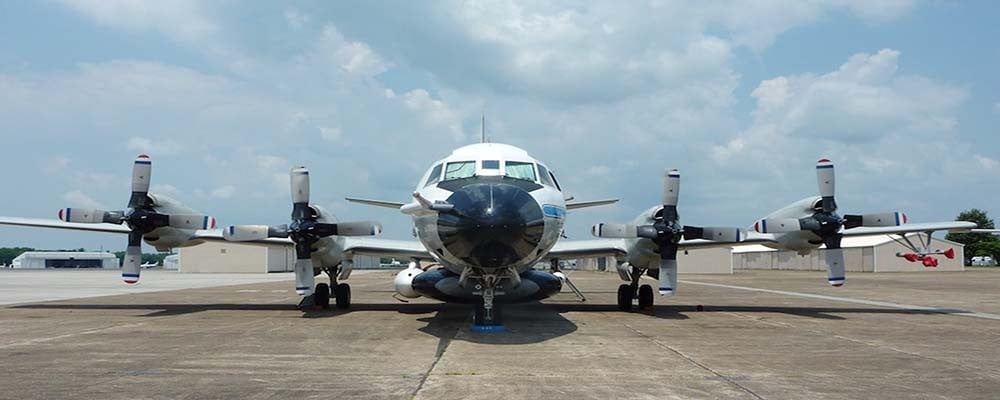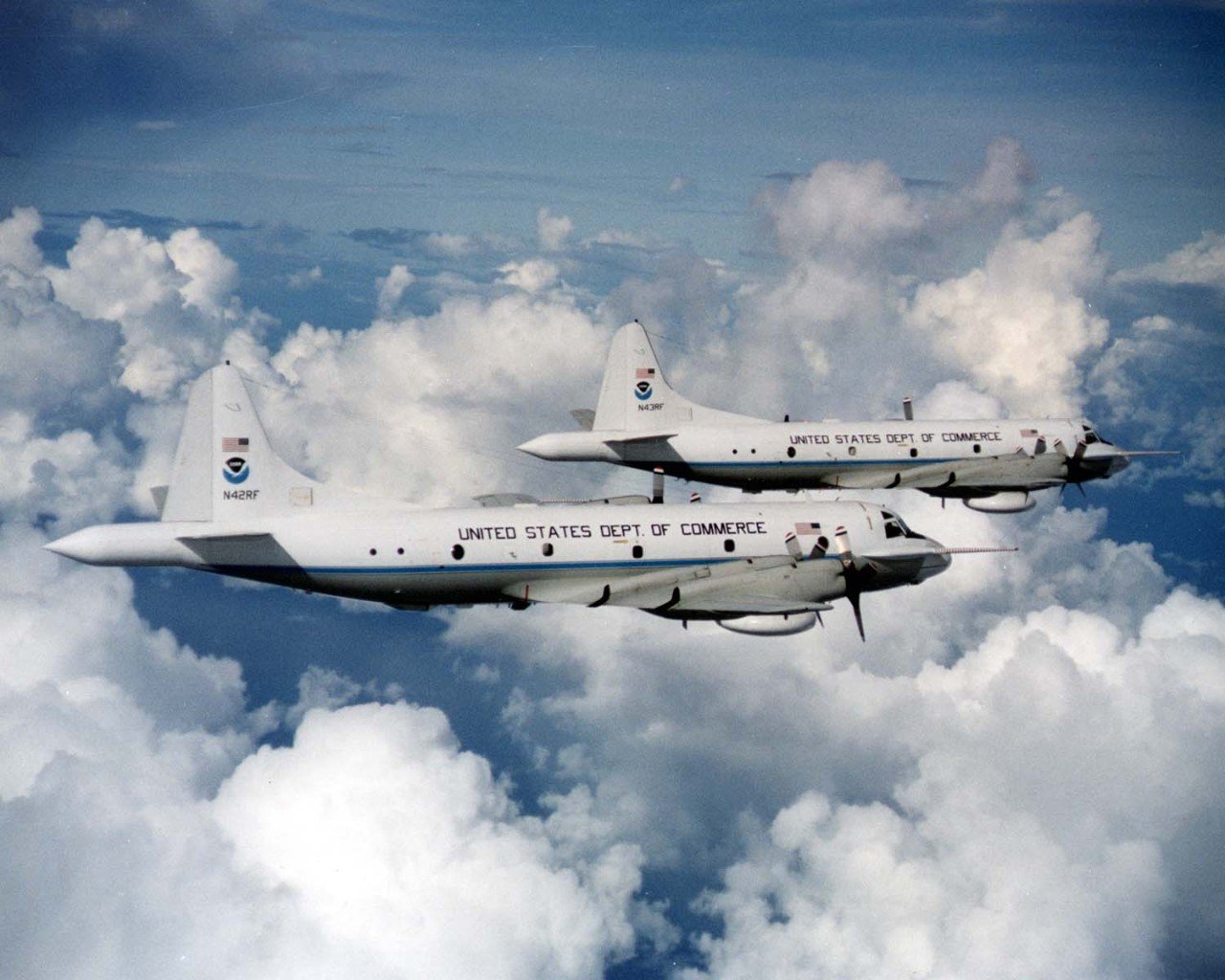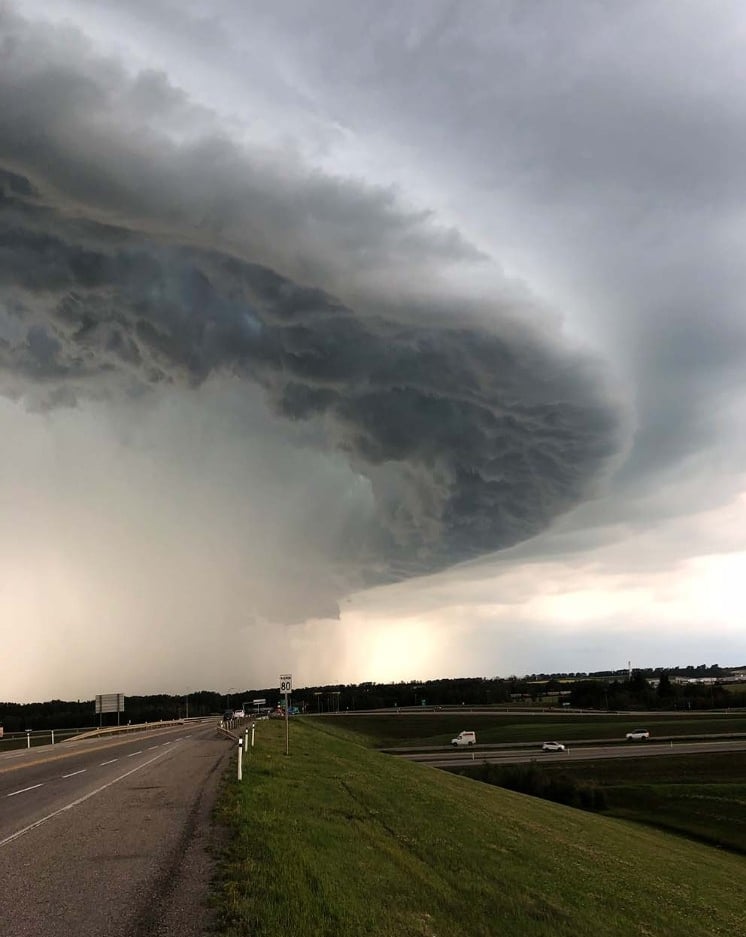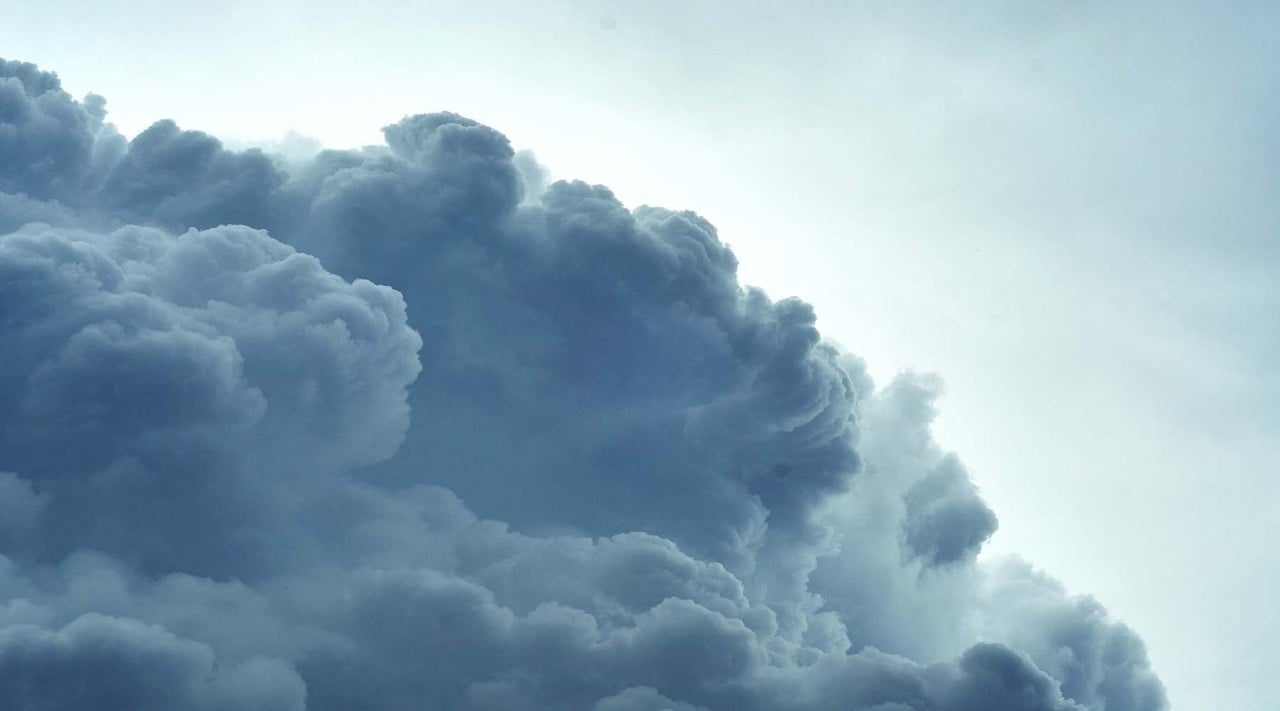In an attempt to predict the path and intensity of hurricanes, meteorologist Jason Dunion flies right into the middle of them. Nervous air passengers should look away now.
“The pressure was dropping incredibly fast. We were in a rapidly intensifying hurricane. At one point, as we were going through the eyewall of the storm, we had over 3Gs of force. Compare that to astronauts back in the Space Shuttle days who had 3Gs at take-off. It was a pretty intense flight, for sure.”
Jason Dunion is describing the time, in September 2019, when he and fellow meteorologists flew right into the middle of Hurricane Dorian, high over the Atlantic Ocean. Strapped into a Lockheed WP-3D Orion turboprop plane, and armed with all sorts of meteorological instruments and computers, they were there to glean valuable weather data and transmit it back to the National Hurricane Center in Miami. This was quickly used to warn those living in Dorian’s path – across the Caribbean and the eastern United States – where the hurricane might strike and with what intensity.

“The ultimate purpose of what we do is to save lives and property through better forecasts,” Dunion explains.
This 48-year-old storm chaser, a meteorologist from the University of Miami, also works in hurricane research at the National Oceanic and Atmospheric Administration (NOAA). He has been flying into hurricanes since 1997 – both in the Atlantic and the eastern Pacific – with 30 to 40 storms now notched up. Of all of them, Dorian was by far the most violent.

Above: NOAA’s Lockheed WP-3D Orion.
“Every time we passed through it was quite a ride,” he remembers. “Seatbelts all the way.”
NOAA has three “hurricane hunter” aeroplanes at its disposal, mostly operating from Lakeland Linder International Airport in Florida. Two are Lockheed WP-3D Orion turboprops, the third a Gulfstream IV-SP. Painted on the fuselage, and lending each plane its nickname, are puppet characters from the Muppet Show. So the Lockheeds are Kermit the Frog and Miss Piggy, while the Gulfstream is Gonzo.
Cartoonish paintjobs belie the very serious missions these planes find themselves carrying out, however. The job of the Gulfstream is normally to cruise around the upper fringes of hurricanes, while the sturdier Lockheeds fly directly into the centre, often making several passes back and forth.
At first they cross through the turbulent chaos of what’s known as the eyewall, before breaking into the calmness of the eye in the middle, and then back out through the eyewall again.


